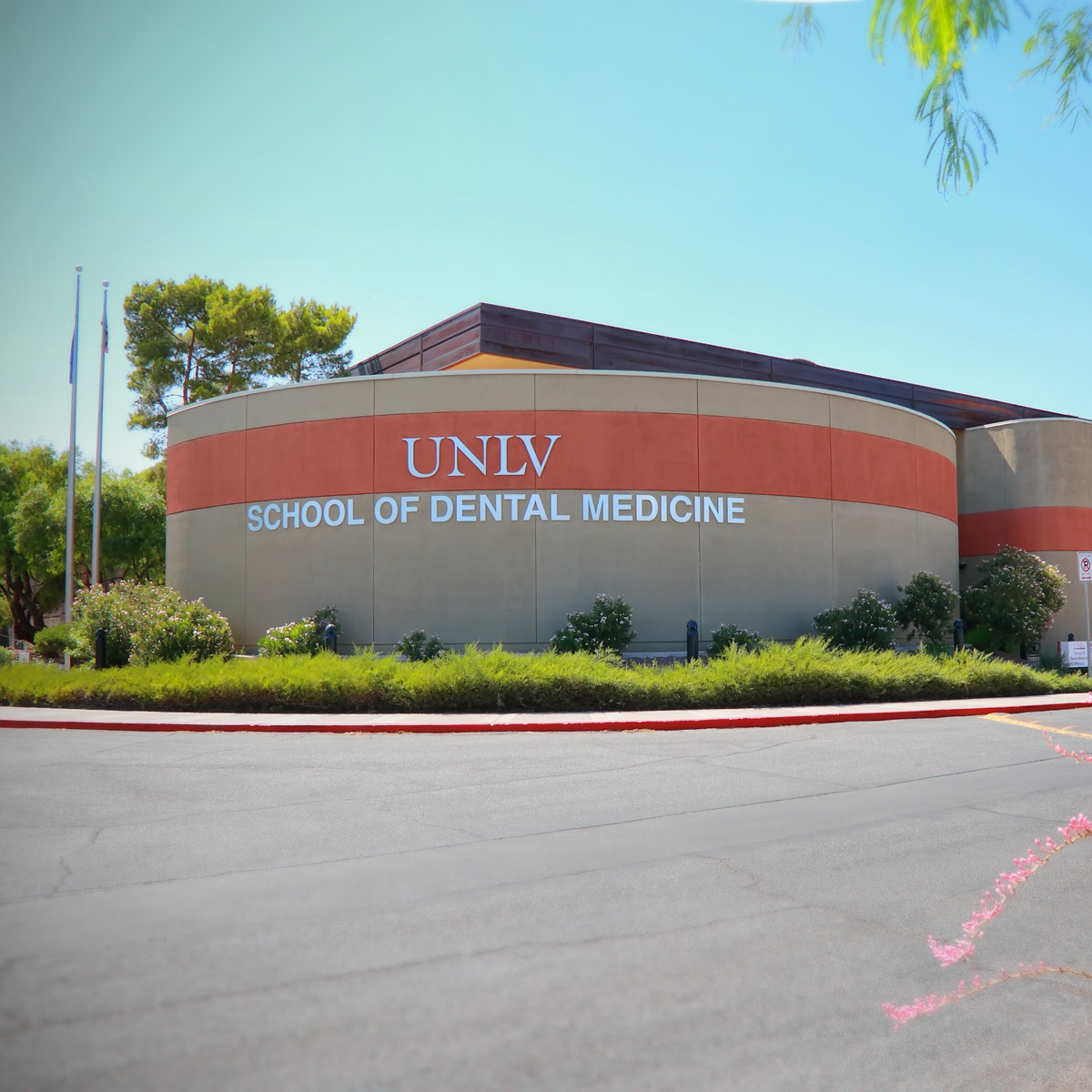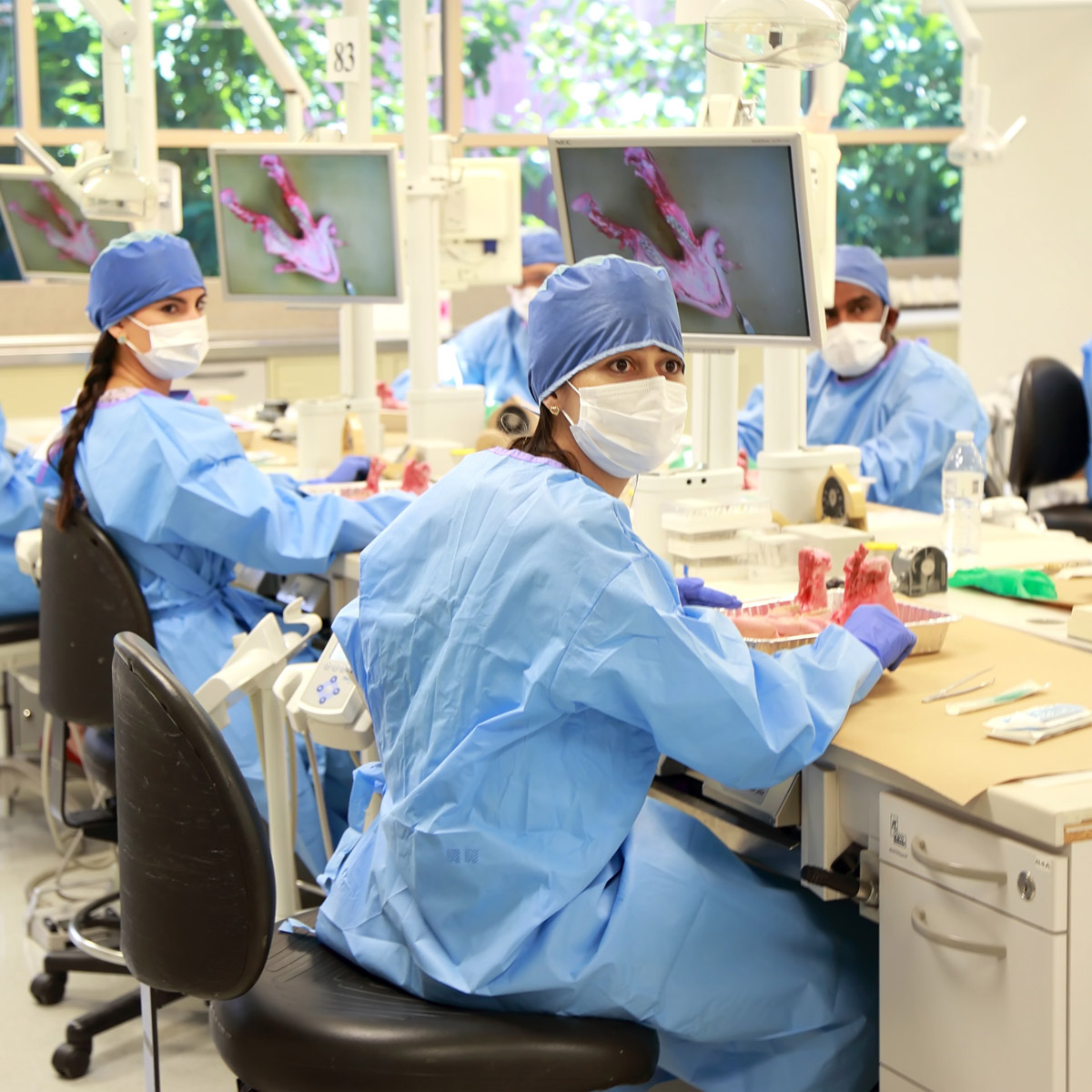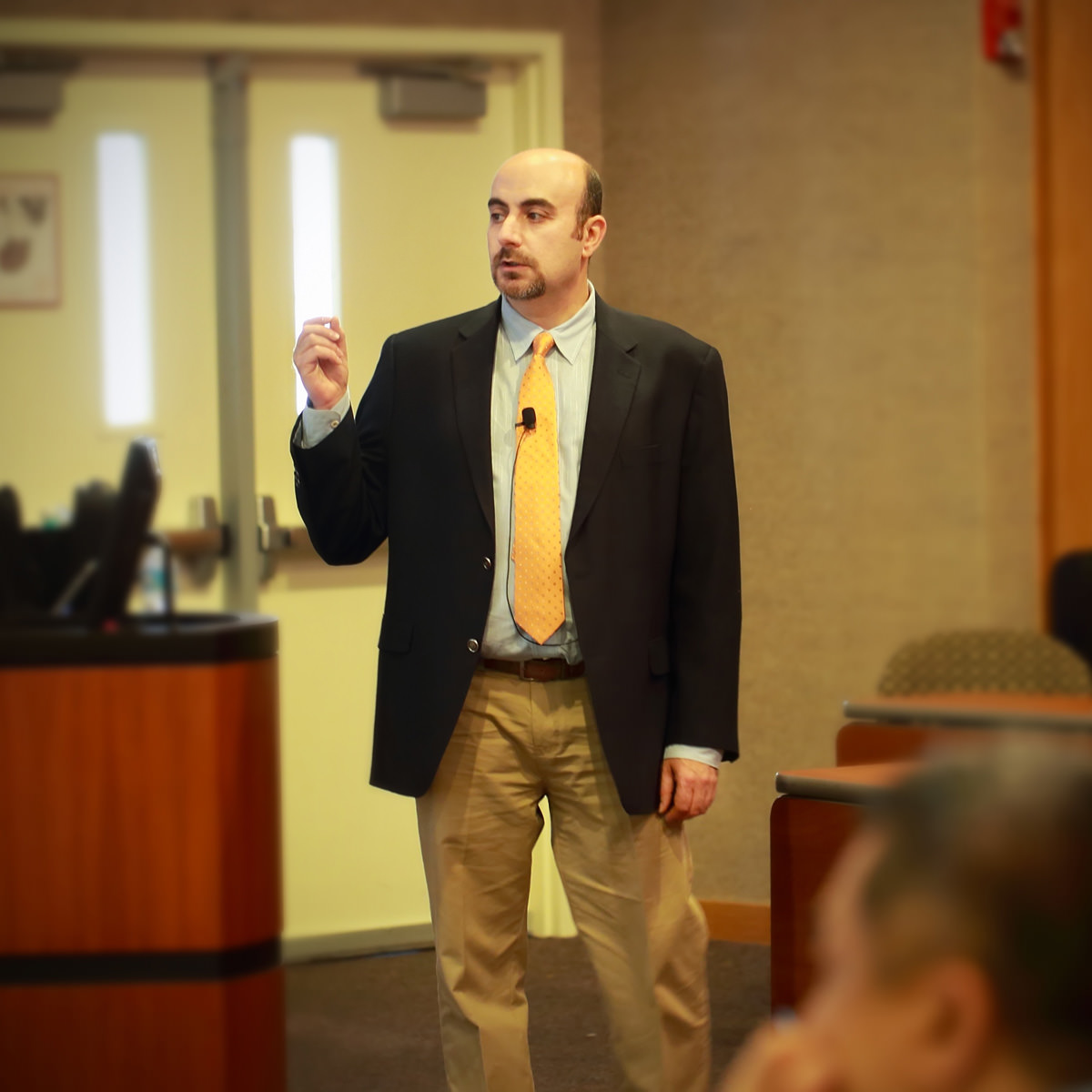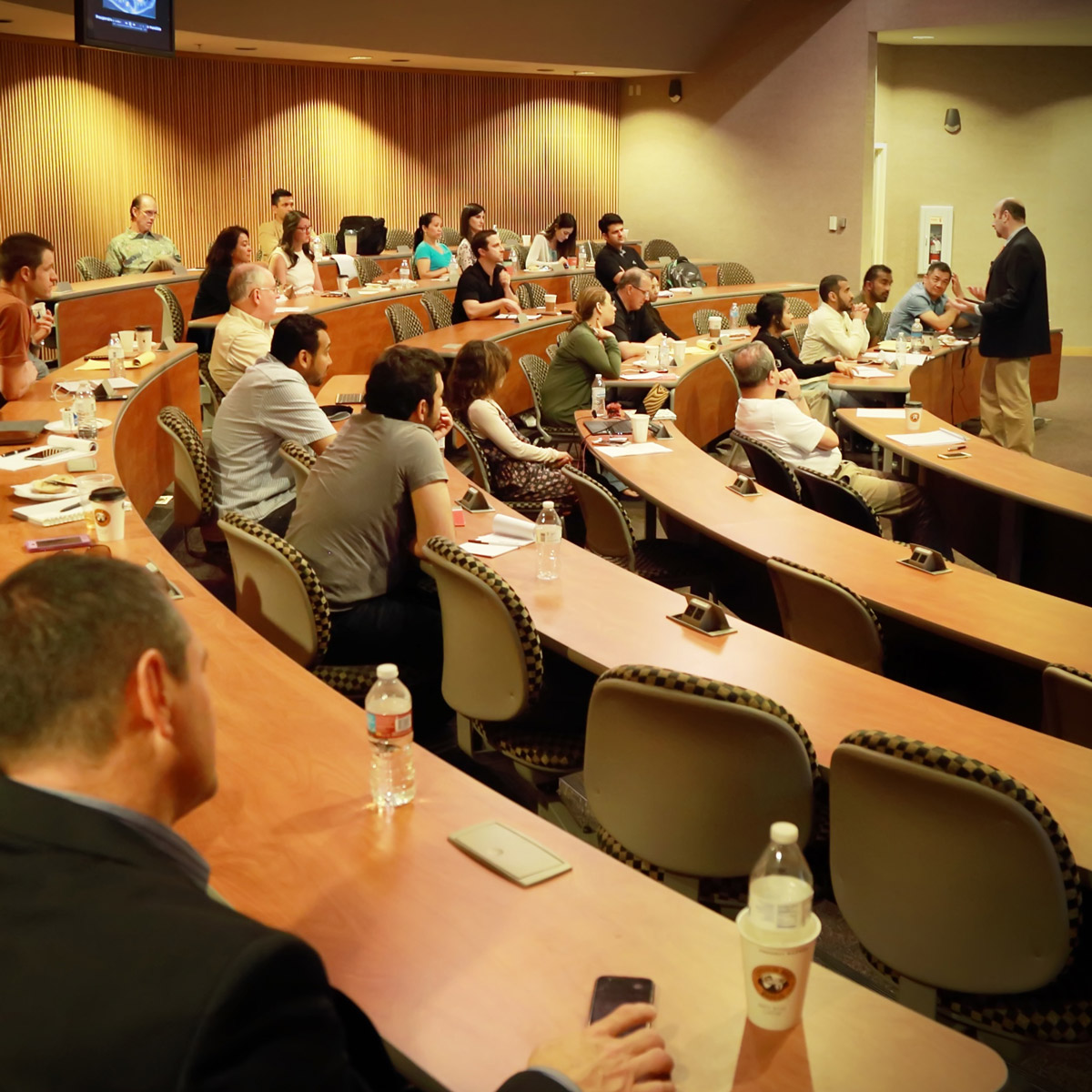Annual Fellowship Program - Session One
Basics of Oral Implantology
April 21-25, 2021- San Diego, CA
Session Objectives: During the first session of this comprehensive hands-on implant training program the following topics are covered:
Anatomy, bone physiology, patient evaluation for implant treatment, risk factors, vertical & horizontal spaces of occlusion, bone density, step-by-step implant surgical placement protocols including immediate and osteotome techniques, impression techniques, restorative steps for implant crown and bridge and more.
Hands-on workshops are performed by the class and live surgery demonstrations by faculty.
Course Objectives
- Recognize and describe the impact of complete and partial edentulism on hard and soft tissue, on the esthetic and the psychology of the patient.
- Understand the history of dental implants.
- Define the different types of dental implants.
- Optimize the patient selection, case presentation and informed consent process.
- Demonstrate and conduct complete dental history and clinical evaluation of implant patients.
- Classify and define different implant prosthesis.
- Learn all of the maxillary and mandibular anatomical landmarks and their radiographic assessment prior to implant placement.
- Recognize and describe different types of bone density.
- Describe the step-by-step protocol for the one and the two-stage surgical implant placement.
- Learn the guidelines for optimal implant placement for function and esthetics.
- Determine the proper implant depth during surgical placement of implants in different clinical situations.
- Learn the ideal implant size in each tooth location.
- Understand the minimum vertical and horizontal restorative spaces
- Learn the selection process and how to fabricate surgical templates with different designs for each specific surgical indication.
- Learn the indications, the guidelines and the protocol for immediate implant insertion technique.
- Identify and utilize the 30 key principles for predictable implant surgical placement.
- Understand the proper postoperative follow-up protocol after implant surgery.
- Learn the step by step technique for socket grafting
- Classify and define all four types of the bone grafting materials (Autograft, allograft, xenograft and alloplast)
- Learn the technique and the indications for the open-tray and the closed-tray implant impression techniques.
- Recognize and describe the indications for soft tissue model in implant dentistry.
- Learn the step-by-step technique for fixed implant prosthesis delivery.
- Understand the principals of oral sedation and the protocol for the use of oral sedatives prior to implant surgical procedures.
- Learn the benefits of good communication practices between the doctor, patient and the laboratory.
Day 1
- Implant terminology
- Classification of implant prosthesis
- Bone density
- Force factors
- Step by step implant placement protocols
- Hands–on surgical training
Day 2
- Optimal implant positioning
- Vertical and horizontal restorative spaces
- Surgical and radiologic anatomy
Day 3
- Osteotome implant placement technique
- Immediate insertion technique & protocol
- CT interpretation
- Classification of bone grafting materials
- Socket grafting
Day 4
- Introduction to the concept of Complete Dentistry and the physiology of occlusion
- Introduction to centric relation position and measurement with demos
- Discussion of methods of CR measurements: Cold Spray stretch in standard chairs, bimanual manipulation,
use of custom anterior deprogramming devices - Hands-On CR measurements at dental chair and lecture chair
- Review of day, discussion on when to use CR and when it is not needed, Q&A
Day 5
- Introduction to TMJ / TMD diagnostic classifications
- Discussion on record taking: photos (full face retracted)
- Precision impressions, pouring casts
- Esthetic face bow VS. functional face bow
- Introduction to subtractive equilibration
- Introduction to occlusion analysis and full-mouth equilibration-diagnostic mock-ups: additive and subtractive
- Review of day, Q&A
Day 6
- Evaluation of the implant patient
- Protocol for implant treatment planning
- 66 risk factors
Session I Faculty
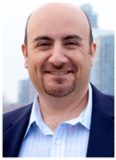
Dr. Louie Al-Faraje
Academic Chairman, C.I.I
Dr. Louie Al-Faraje literally defined and authored the art of Oral Implantology. As a leading authority, he created many classifications and techniques, the standards by which oral implantology surgical procedures can be successfully performed. His name has become synonymous with results-oriented oral implantology treatments around the world.
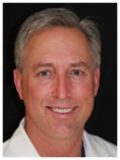
Philip J. Kroll, DDS,
Master of the Academy of General Dentistry
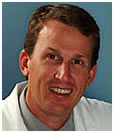
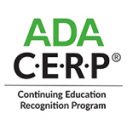
ADA CERP is a service of the American Dental Association to assist dental professionals in identifying quality providers of continuing education. ADA CERP does not approve or endorse individual course or instructors, nor does it imply acceptance of credit hours by boards of dentistry. The continuing education activities have been planned and implemented in accordance with the standards of the ADA Continuing Recognition Program (ADA CERP) through joint efforts between the University of Nevada Las Vegas School of Dental Medicine and the California Implant Institute.
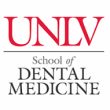
This activity has been planned and implemented in accordance with the standards of the Academy of General Dentistry Program Approval for Continuing Education (PACE) through the joint program provider approval of UNLV School of Dental Medicine and California Implant Institute. UNLV School of Dental Medicine is approved for awarding FAGD/MAGD credit. Provider 213111


